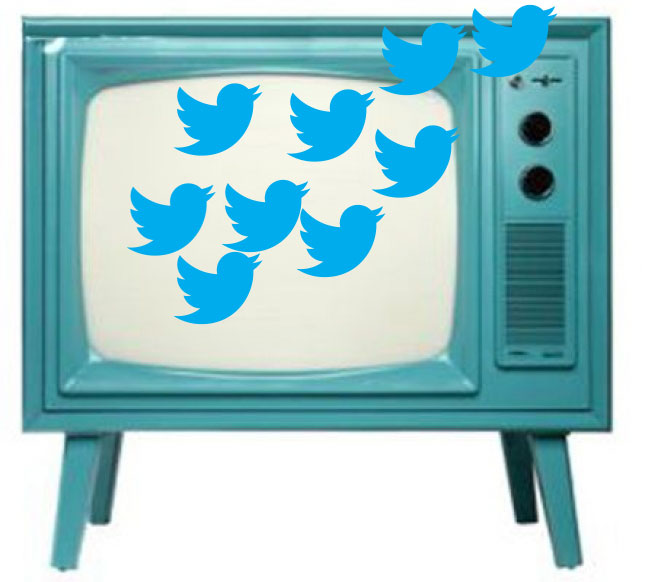Twitter has acquired Bluefin Labs, a social TV analytics company that was founded in 2008, sources say.
Prior to Bluefin Labs, Twitter’s highest acquisition (as far as we can tell) was TweetDeck for $40 million in May 2011.
The exact value of the acquisition is unknown at this stage but the speculated amount is somewhere between $50 million to $100 million. Time Warner Investments, SoftBank Capital, Acadia Woods Partners, Bedrocket Media’s Brian Bedol, Jim Pallotta, Redpoint Ventures, Dan Gilbert, Lerer Ventures, Kepha Partners and the National Science Foundation are all investors in Bluefin Labs.
Twitter has been dubbed the new TV Guide by Ad Age, and it secured a multi-year partnership with Nielsen in December to produce the first-ever social TV ratings. Probably this helps in explaining the acquisition.
Here is what Business Insider says about why Twitter is making this deal:
The relationship between Twitter and television is strongly symbiotic. Twitter users love talking about what is happening on TV, TV viewers love using Twitter to see other viewers‘ opinions.
Twitter is increasingly acting as the second screen to TV. In this publication we explore the links between these two screens. Twitter is the shortest distance between you and what interests you most.
This interest is expressed in a huge volume of conversation. 400 million Tweets are sent every day. As a result when events happen in the real world, they happen on Twitter.
More and more we’re ?nding this is true for TV. When stand-out moments happen on TV, spikes in related conversation happen on Twitter. In fact, according to Second Sync, 40% of all UK Twitter traffic at peak TV viewing time is about TV.
Through the two distinct phenomena of discovery and engagement, Twitter and TV drive each other in a complimentary cycle. For example, a hashtag on air can boost engagement by organising viewers to tweet and interact. In the other direction, a TV-related Trend, or Tweet in a user’s timeline, can drive discovery.
Twitter is a real-time, public mirror for both broadcast content and advertising. Every programme – and every ad – has a Twitter presence.
Integration of Twitter into TV content can further stimulate engagement and discovery.
Simply adding hashtags on air – or in ads – helps to organise and steer the conversation.
In advertising, we’re seeing that deeper integration of Twitter not only drives discovery and engagement but also drives increases in brand recall scores and other marketing goals.













